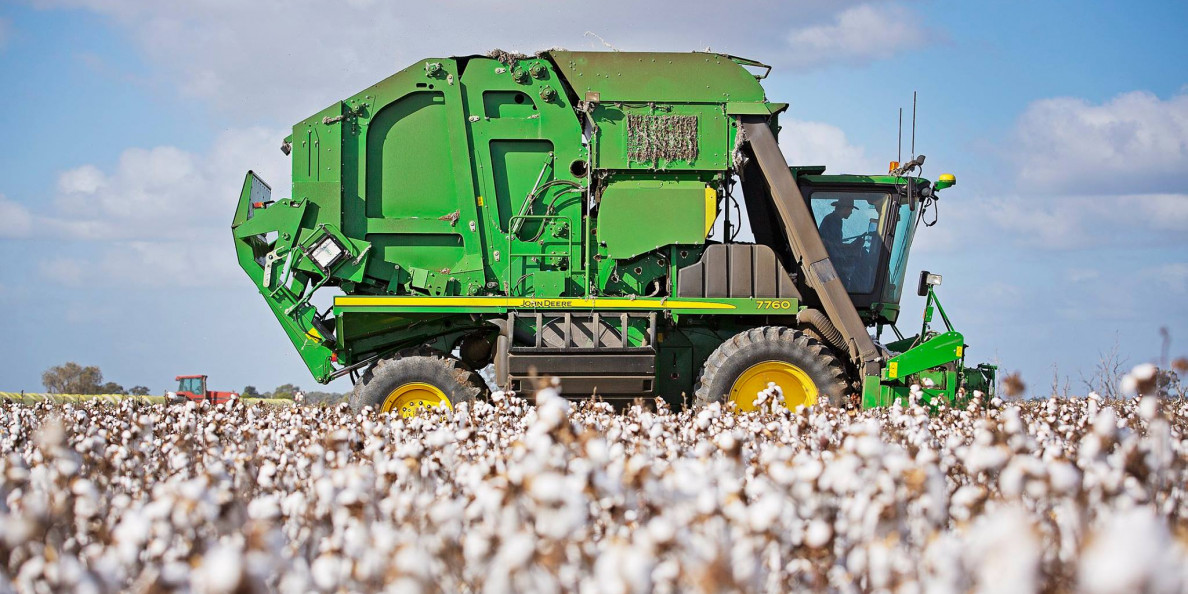How will updated information adjust the August benchmark projections of abandonment, harvested acreage, and yield?
USDA’s August adjustments to 2019/20 world cotton supply and demand highlighted reductions in 2018/19 and 2019/20 consumption. The former marketing year reductions in consumption were reflected in the 2019/20 carry-in in a number of countries. In addition, China and India both saw 500,000 bale reductions in 2019/20 consumption. These adjustments offset some reductions in foreign production and the foreign trade categories. The bottom line of all this was a two million-bale increase in world ending stocks, which is fundamentally bearish for 2019/20 world prices.
USDA’s benchmark August projections of U.S. all cotton production saw a month-over-month increase in carry-in (+250,000 bales), production (+520,000 bales) and exports (-200,000 bales). These changes added 500,000 bales to the bottom line of the 2019/20 U.S. crop balance sheet. Both the monthly and year-over-year increase in ending stocks would be bearish, according to history and economic theory.
There are still big questions about how updated information will adjust the August benchmark projections of abandonment, harvested acreage, and yield. USDA’s September field survey sometimes confirms the initial August benchmark… but sometimes it contradicts it. USDA will get more information from field sampling, ginnings data, RMA data, etc. This year there are specific question about 1) August moisture and yield preservation, 2) the September-October maturation weather, 3) the freeze date, and 4) the incidence of tropical storm damage.
Ultimately, there will be revisions to USDA’s production forecast. If history is a guide, USDA’s August forecast could be revised one to two million bales higher or lower. The historical average adjustment to the initial August forecast is five percent to the downside and 7.5 percent to the upside (see Figure 1).
A major downward revision in production probably won’t bring a return to sustained profitable prices. It might cause a brief nickel rally in the futures as the hedge funds cover their large net short futures position. For additional thoughts on these and other cotton marketing topics, please visit my weekly on-line newsletter at http://agrilife.org/cottonmarketing/.



